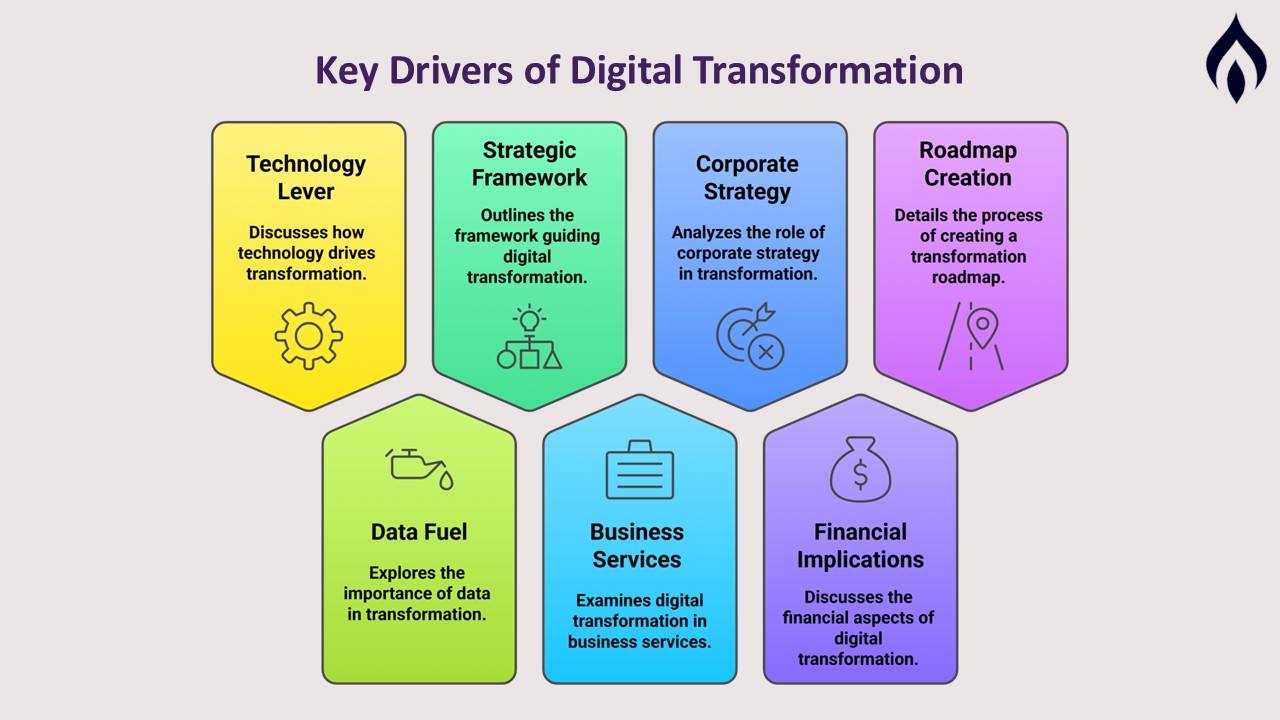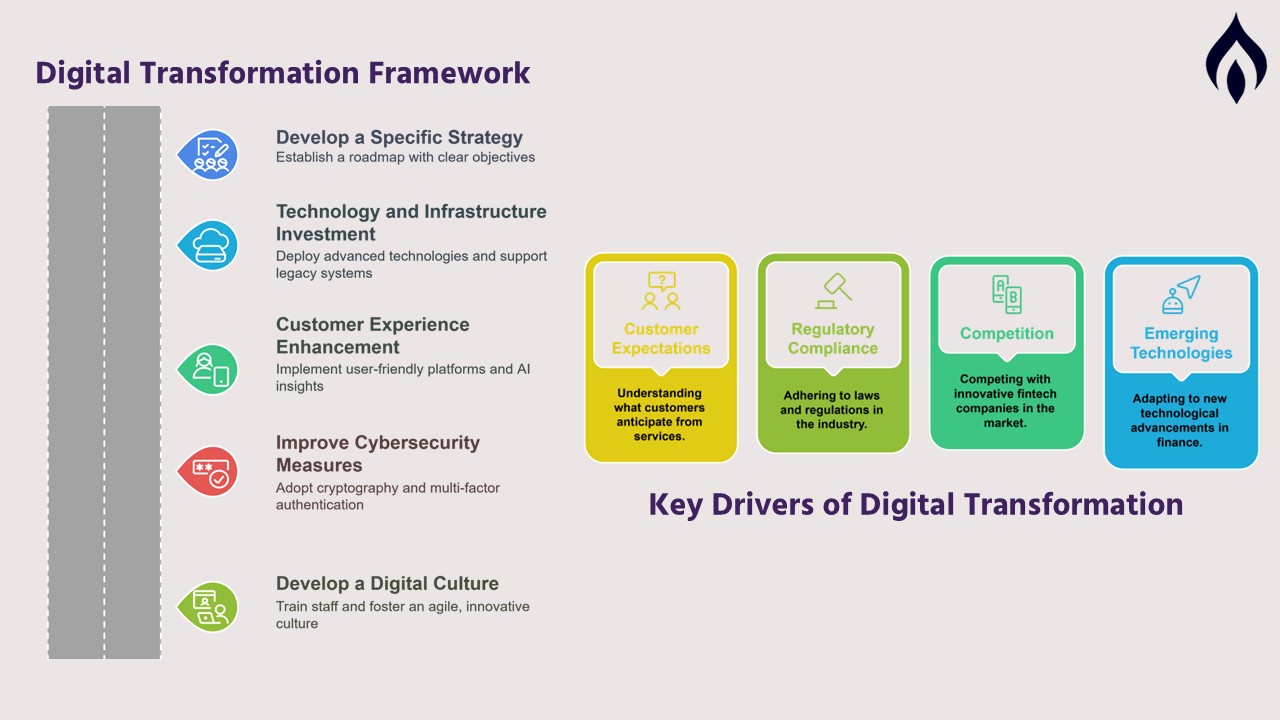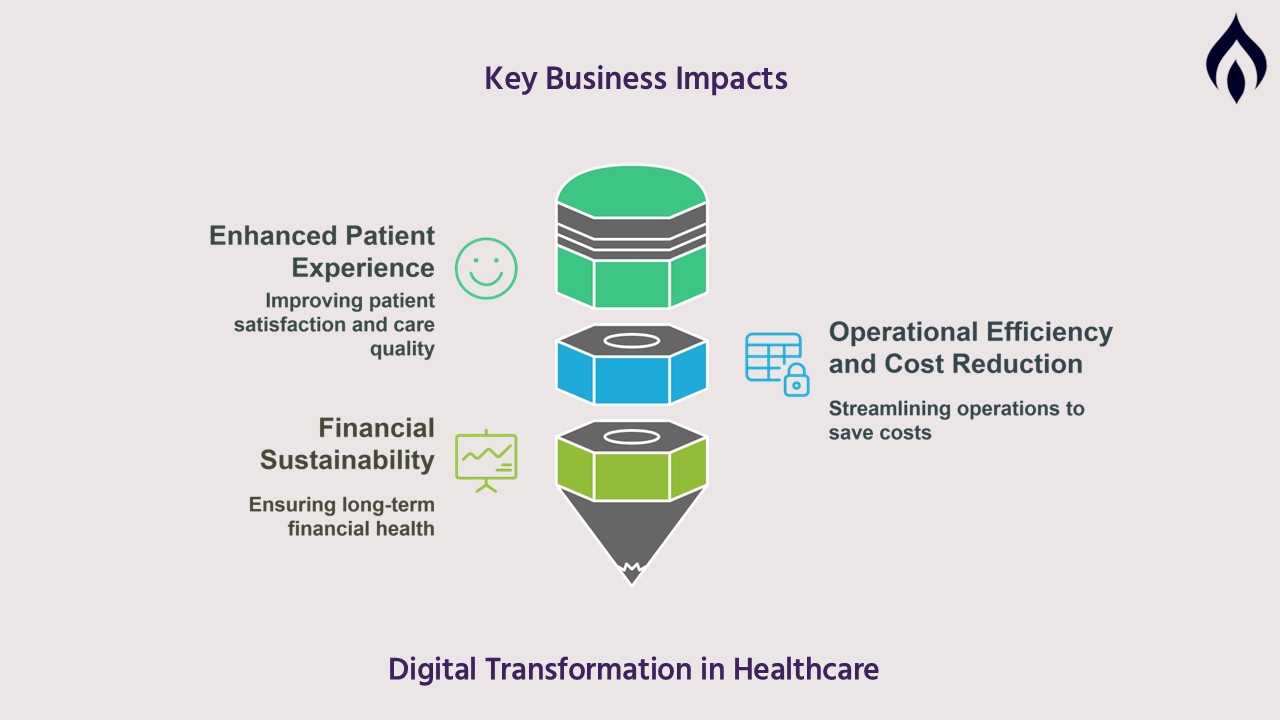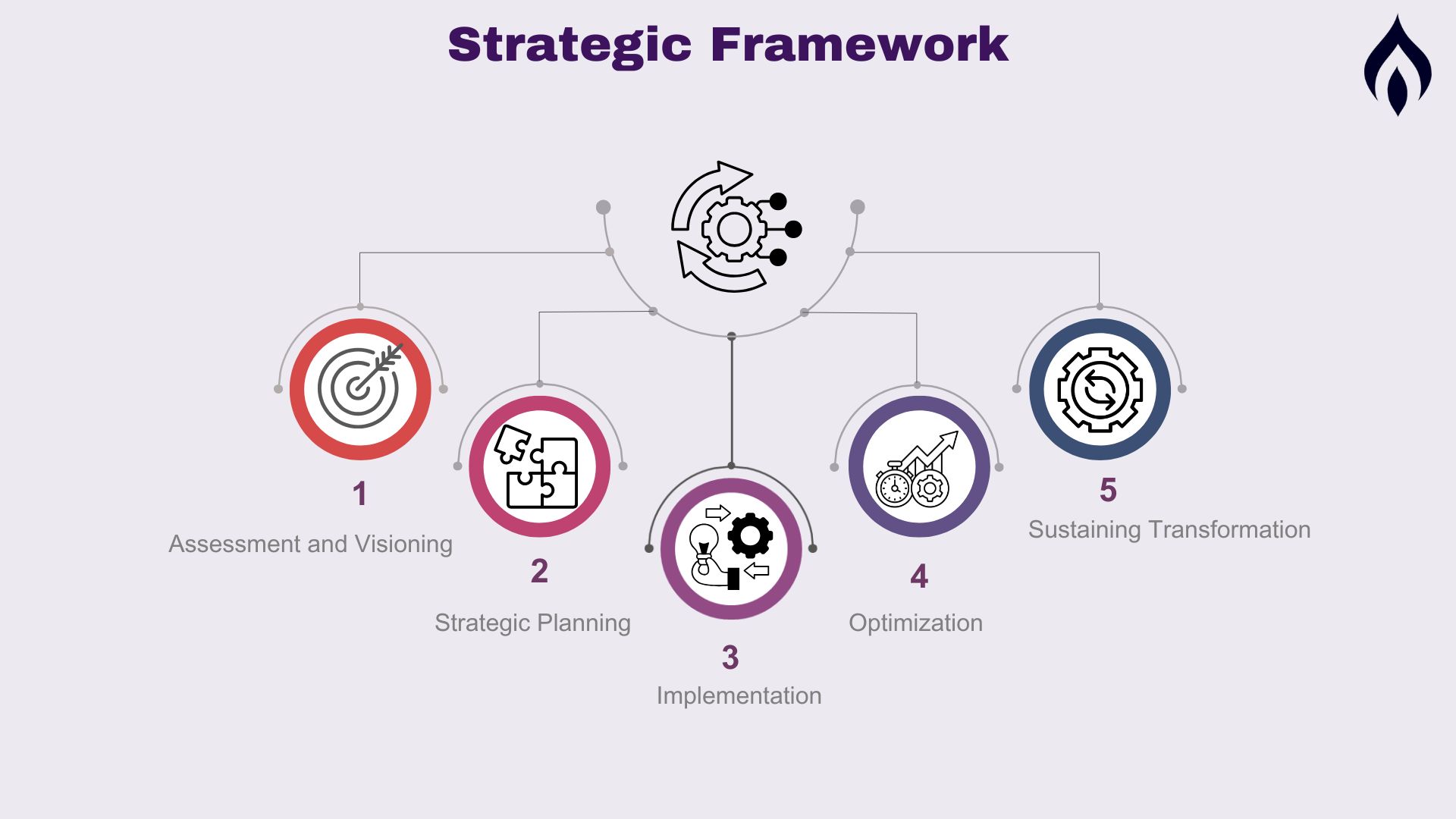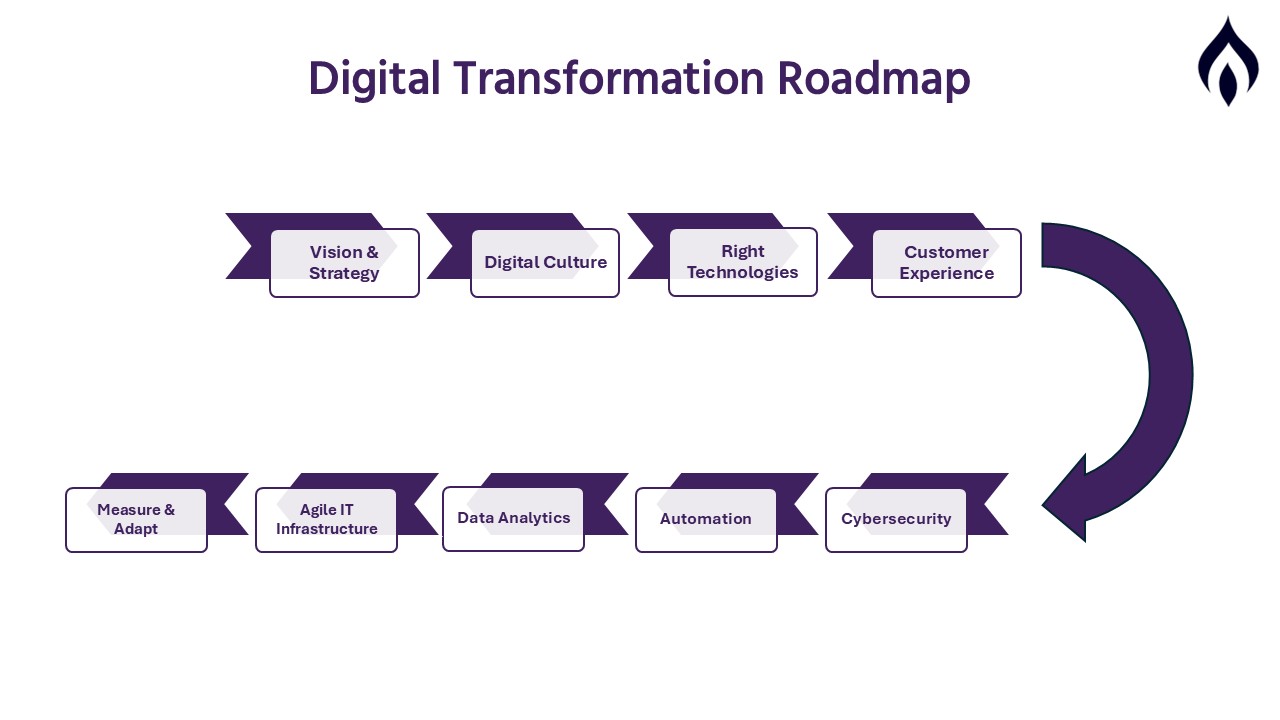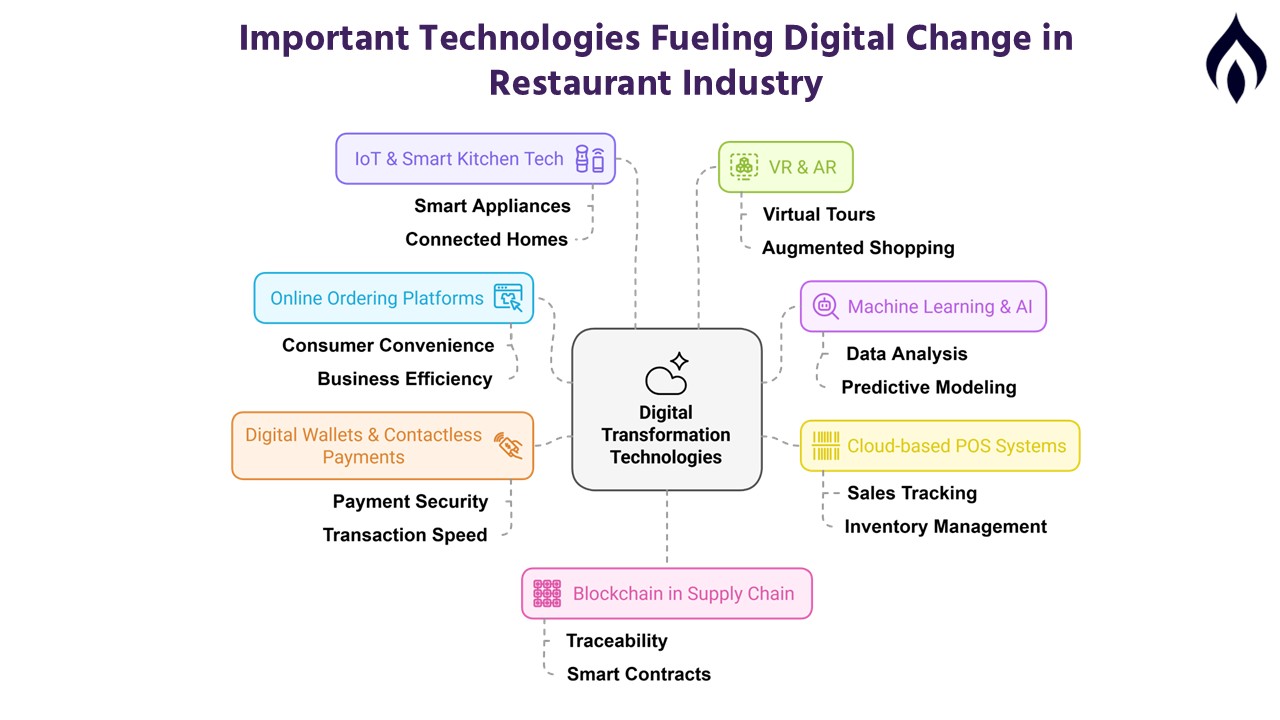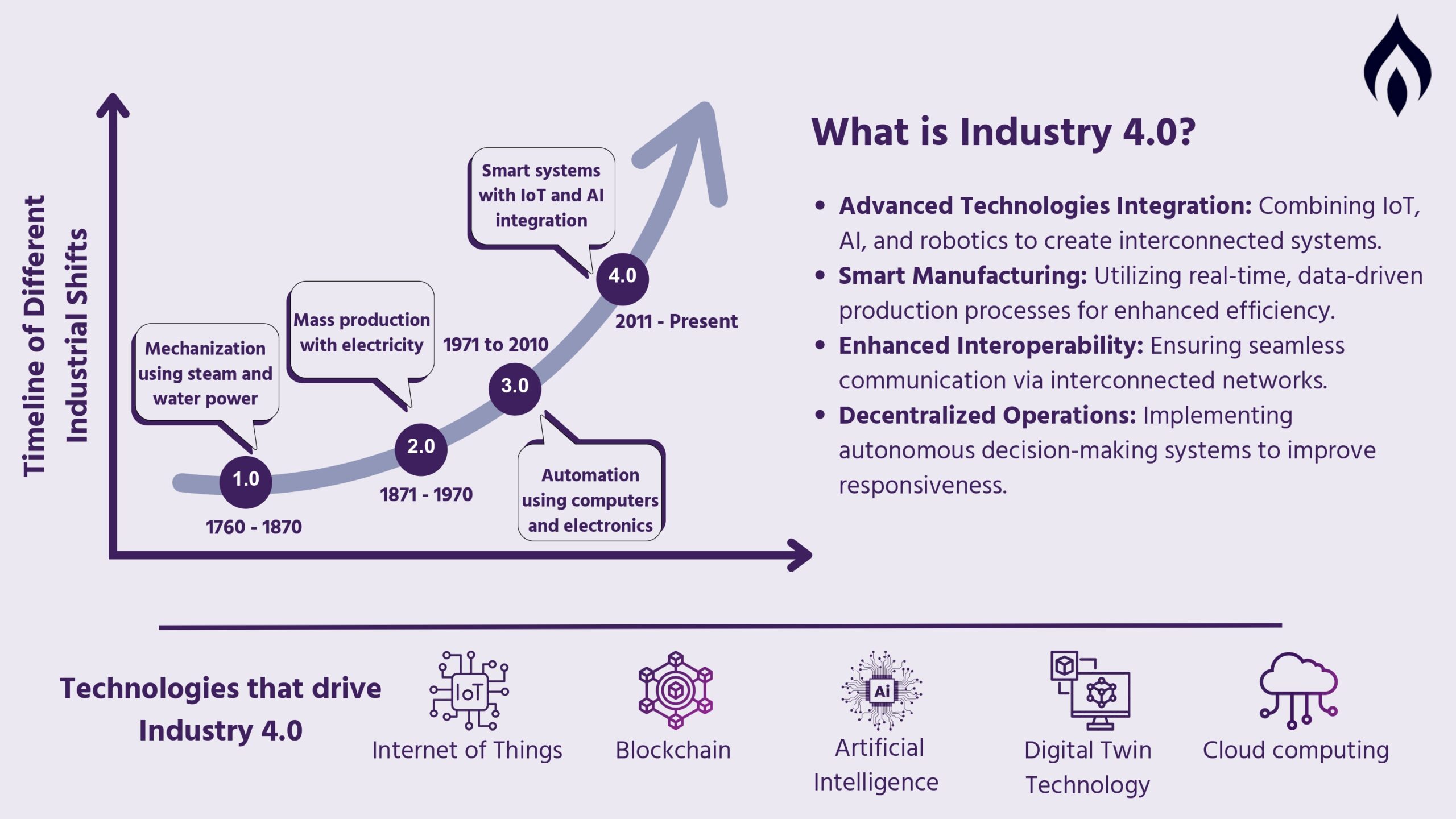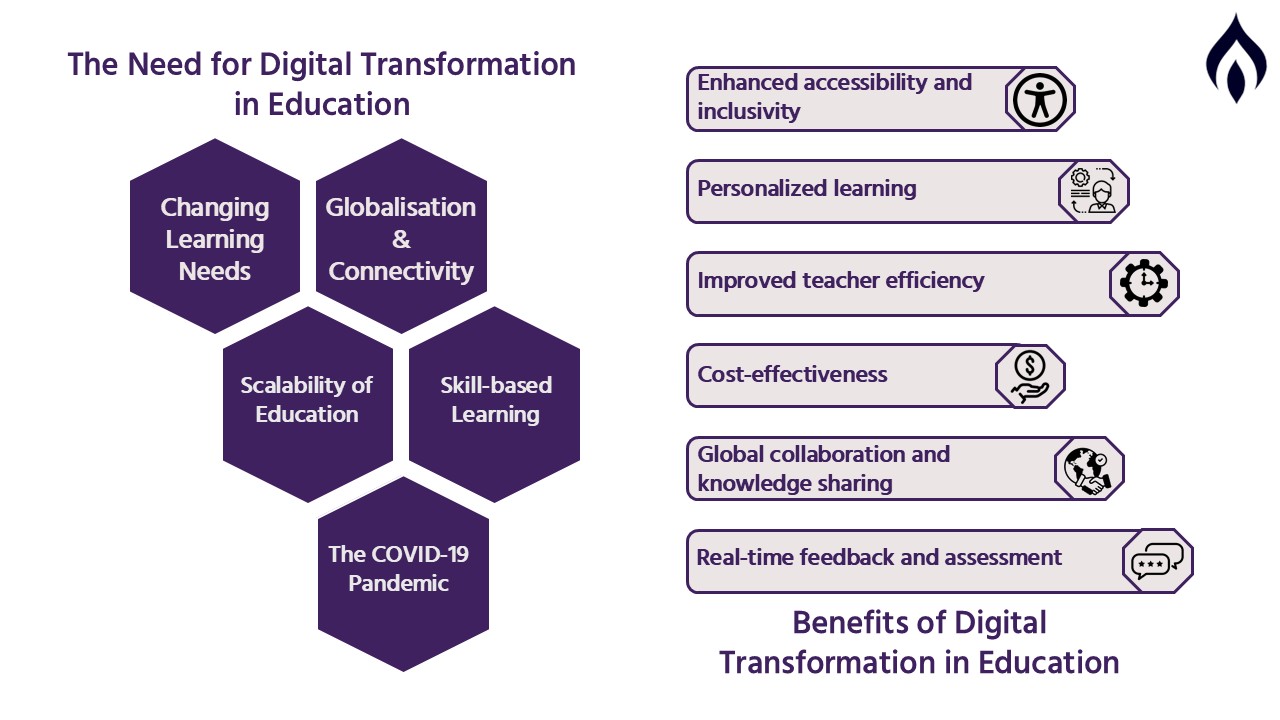Women in the Workplace: A Corporate Imperative for Growth and Performance
Introduction:
Today’s competitive organizational environment inserts into the growing wasp of gender inequities, which speak for inclusivity in leadership teams against; they are going to outperform equality in profit, in innovation, and in retaining talent. Continued parameters exist in present works; however, women are far from the much-needed position at the executive level, reporting gross under-representation within high-growth industries and revenue-generating functions. According to these companies, bridging gender inequities is not about compliance or corporate social responsibilities; rather, it’s about bringing in sustainable dollars for business. The article examines the state of women at work in contemporary organizations, the barriers to women in leadership roles, and recommendations for strategic leadership decisions in designing a diverse and high-functioning workplace.
The Corporate Landscape: Where Do Women Stand?
Some companies have taken steps towards diversity and inclusion, but women still seem unable to break through to the peak of the corporate world:
- Women’s Senior Leadership Disparities-Less than 30% of senior management personnel are women, while only 10% of the CEOs in the Fortune 500 are women.
- Revenue-generating Functions-Women are generally put in support roles (HR, Marketing, Compliance) instead of profit-and-loss (P&L) leadership roles, which obstruct their ways to the top CEO positions.
- Boardroom Representation-Women hold only 30% of corporate board seats, with finance, technology, and manufacturing among the significantly underrepresented industries.
Considering this data, there is a clear need for structural interventions at the corporate level to accelerate real progress.
Key Challenges Faced by Women in Corporate Leadership:
Unconscious Bias in Executive Promotion-
Assertiveness and decisiveness, as desirable leadership traits, tend to be positively received in men and negatively in women.
Women are less likely to be promoted based on potential, whereas men are actively considered for promotion for their future capabilities.
Lack of Access to P&L Responsibilities-
Though ownership of P&L is the most direct path to the C-suite, women are still the facilitators of underrepresentation in revenue-driving roles such as sales, operations, and finance.
- Organizations have, on purpose, placed women in high-impact roles because it believes the organization will build a stronger leadership pipeline through it.
1. Workplace Flexibility & Leadership Perceptions-
- Numerous corporate cultures punish flexible work arrangements, as many consider hybrid or remote work to be less committed.
- Without executive-level support for flexible work, women have been disproportionately hindered from advancing to leadership roles.
2. Pay Disparities & Negotiation Gaps-
- Women in leadership roles tend to earn between 15-20% less than their male counterparts.
- In addition, women are less likely to negotiate their salaries and bonuses, thus earning less over the course of their careers, which has further implications on their ability to lead financially.
3. Limited Sponsorship & Executive Advocacy-
- It is on that limited sponsorship to appeal for women’s career advancement, in difference to mentorship, since sponsorship means senior executives are actively engaged in advocating for the career advancement of women.
- Because women lack access to influential networks, they often miss key opportunities that define one’s course of career.
Strategic actions corporations can take to accelerate gender equity at the leadership level:
1. Reform Leadership Pipelines & P&L Access-
- Crucial to leadership development is early exposure to P&L responsibilities for women since these positions are usually the next in line to the C-suite roles.
- Succession planning: Companies should consciously identify high-potential female talent proactively and put in place structured career development paths. This requires the allocation of female executives into revenue-generating business units to provide them with the financial and operational experiences they will require to step into executive roles.
- Stretch assignments: Women should be expected to undertake critical, high-visibility projects that equip them with leadership experience. Among them should be strategic planning, mergers and acquisitions, financial management and global business operations.
- Leadership training: Organizations should implement leadership training programs that train women well in skills such as financial decision-making, strategic risk management, and operational leadership so that they are ready for P&L roles.
2. Establish Gender-Smart Sponsorship Programs-
- Mentorship does a good job, but sponsorship is an even more powerful way to advance a career. Sponsors are senior leaders who rampantly advocate for their protégés, with a guarantee that their charges will be considered for career-defining roles and opportunities.
- Executive Sponsorship Programs: Develop formal programs in which senior executives (male or female) must advocate for high-potential female talent. This will involve making introductions, assigning significant projects, and ensuring the visibility of women in front of leadership meetings.
- KPIs for Sponsorship: Create clear, measurable targets for sponsors-a set number of promotions and leadership transitions. Those KPIs should be woven into senior executive performance evaluations.
- Cross-Industry Collaboration: Work together with external networks and industry groups to expand sectors where sponsorships are offered and give women varied mentorship and leadership experiences.
3.Align Compensation & Conduct Pay Equity Audits-
- Tackling gender pay gaps necessitates intentional audits and structural compensation adjustments to level the playing field.
- Conducting comprehensive pay equity audits means examining the company-wide pay structure to find discrepancies in salary, bonuses, and benefits. Once a gap is determined and identified, the compensation structure must be adjusted accordingly.
- Generate publicly available salary bands: This should involve the creation of well-established, clear salary bands made public for all roles. This prevents decisions based on gender from coming into play and guarantees fairness.
- Criteria for promotion & raise: The processes for performance reviews, salary increases, and promotions should be standardized so that they can be applied objectively and not based upon negotiation skills or subjective evaluations.
4.Strengthen Flexible Work & Executive Policies-
- Continuing with in-office requests for leadership roles allows marginalizing barriers that women face along with their professional duties that usually create difficulties with balancing work and personal responsibilities. Flexible policies can attract and keep top female executives.
- Hybrid or remote executive roles: Normalization of remote and hybrid executive roles allows women to pursue their careers beyond any geographical boundaries.
- Performance basis: Move away from hours-based metrics (for example, if they in the office) and rather shift to a performance-driven evaluation based on results, strategic impact, and effectiveness of leadership.
- Parental leave policies and care support: Create a gender-neutral parental leave policy, provide on-site childcare, and caregiving support to create a company culture in which working parents feel welcome.
5.Set Measurable Diversity KPIs & Hold Leadership Accountable-
- Integrate diversity and inclusion into how corporations measure performance and account for it at the executive level.
- Tie executive compensation to diversity and inclusion: make bonuses and incentives for leadership dependent on gender-equality metrics so that senior leaders are personally invested in these goals.
- Publish annual Gender Progress Reports that track and disclose gender diversity, representation in leadership, and wage-equity progress to guarantee accountability of the organization.
- Establish board and leadership representation targets: define specific numerical targets for gender diversity in leadership and board roles to ensure that progress is measured and attained consistently.
- A more equitable leadership environment for gender diversity can lead to responsible business performance by rolling out these strategic actions.
The Business Case for Corporate Gender Diversity
The economic and strategic benefits of gender diversity in corporate leadership are well-documented across industries and geographies. Companies that prioritize gender diversity not only drive better financial performance but also enhance innovation, decision-making, and talent retention. Below is an in-depth examination of the core business benefits:
1.Higher Profitability & Financial Performance
Research consistently shows that companies with diverse leadership teams outperform their less diverse competitors in terms of profitability and shareholder returns.
- Empirical Evidence: According to top consulting firms Diversity Wins report, organizations in the top quartile for gender diversity on executive teams were 25% more likely to experience above-average profitability compared to those in the bottom quartile.
- Revenue Growth & Market Expansion: Gender-diverse leadership teams bring varied perspectives that drive strategic decision-making, leading to better identification of new market opportunities. Companies that embrace diversity also tend to have stronger connections with diverse customer bases, leading to enhanced brand loyalty and revenue growth.
- Investor Confidence & ESG Performance: Investors increasingly assess diversity and inclusion (D&I) metrics as part of Environmental, Social, and Governance (ESG) criteria. Companies with strong gender diversity records often attract more investment from institutional and socially responsible investors.
2.Improved Innovation & Risk Management
Diverse leadership teams enhance an organization’s ability to innovate and mitigate risks effectively.
- Enhanced Decision-Making: A study found that gender-diverse teams make better decisions 87% of the time compared to all-male teams. This is because diverse groups incorporate multiple viewpoints, challenge biases, and approach problem-solving with a broader perspective.
- Stronger Risk Assessment: Homogeneous leadership teams may suffer from “groupthink,” where decision-making becomes narrow and unchallenged. In contrast, gender-diverse teams are better at assessing business risks, stress-testing strategies, and adapting to uncertainties in the marketplace.
- Higher R&D Productivity: Companies with diverse teams tend to invest in more innovative research and development (R&D) initiatives, leading to a higher number of patents and breakthrough products. For example, a research found that companies with above-average diversity in leadership generated 19% more revenue from innovation.
3.Stronger Talent Retention & Employee Engagement
Organizations that foster gender diversity create more inclusive workplace cultures, leading to higher employee engagement, productivity, and retention.
- Lower Turnover Rates: Companies with inclusive environments experience lower attrition rates because employees feel valued and see clear pathways for advancement. Reducing turnover translates into significant cost savings in recruitment, training, and onboarding.
- Enhanced Employer Branding: Gender-diverse workplaces attract top talent, particularly among younger generations (Millennials and Gen Z), who prioritize diversity, equity, and inclusion (DEI) when choosing employers.
- Better Collaboration & Team Performance: Inclusive workplaces promote higher levels of teamwork, psychological safety, and engagement, leading to improved performance across business functions.
The Cost of Inaction: Risks for Companies That Fail to Prioritize Gender Diversity
- Talent Drain: Organizations that do not foster diverse leadership will struggle to attract and retain top talent, particularly as workforce expectations evolve.
- Lower Innovation & Market Relevance: Companies that fail to integrate diverse perspectives into decision-making may miss out on key consumer trends and market shifts.
- Reputational & Regulatory Risks: Governments and regulatory bodies are increasingly pushing for gender diversity through corporate governance policies. Non-compliance can lead to reputational damage, legal scrutiny, and financial penalties.
Conclusion:
Gender diversity is not just a social responsibility—it is a business imperative. Companies that prioritize it gain a competitive edge in financial performance, innovation, and workforce retention. In contrast, those that ignore it risk stagnation and loss of market relevance. The message is clear: gender diversity is not just good ethics; it is good business.
For corporations, achieving gender equity is not a “nice-to-have” but a business necessity. The shift must go beyond surface-level policies—it requires a restructuring of leadership pipelines, pay structures, and cultural norms.
By investing in sponsorship, P&L leadership opportunities, flexible work models, and pay transparency, companies can unlock the full potential of female talent and secure long-term competitive advantage.
The future of corporate leadership is diverse. The organizations that take action today will be the market leaders of tomorrow.

